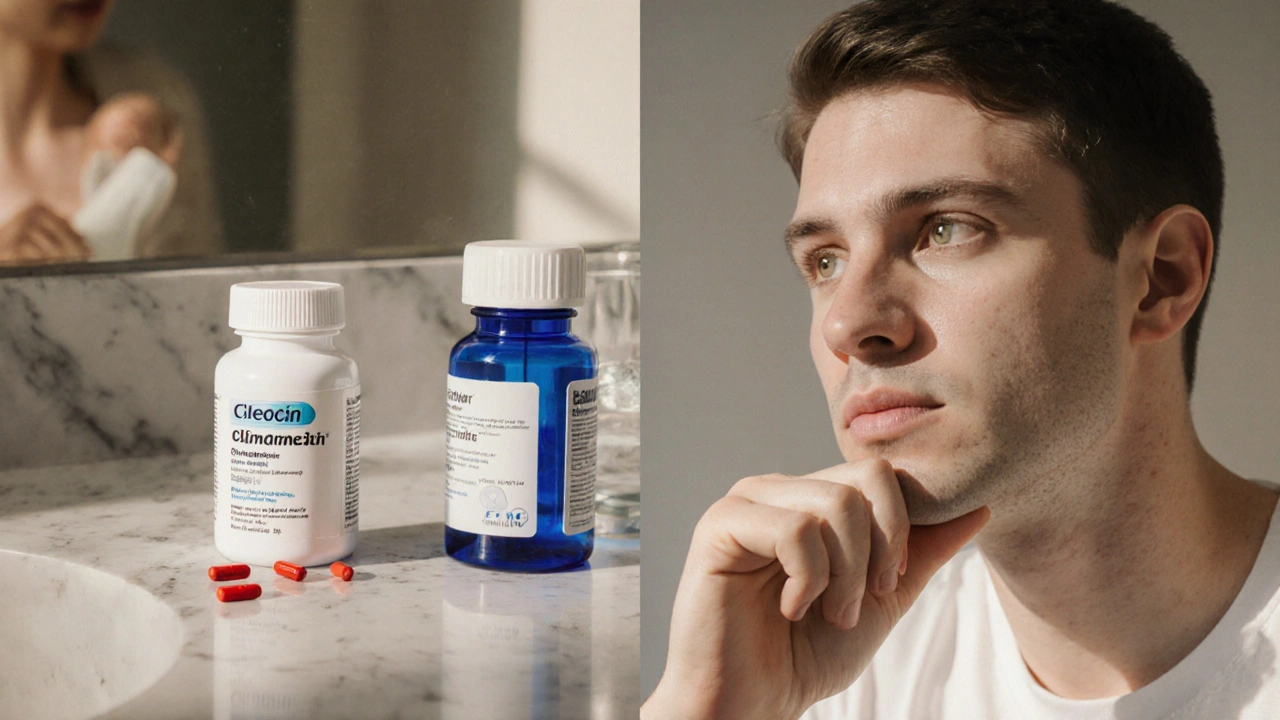Antibiotic alternatives: safer options and when they help
Antibiotics save lives, but they’re not always the only answer. Overuse fuels resistance and can harm your gut. This page gives clear, practical choices you may see discussed by doctors: which options have real evidence, which are experimental, and when you still need an antibiotic.
When alternatives make sense
Use alternatives when infections are mild, when a cause isn’t bacterial, or to prevent infection after a low‑risk scrape. For example, uncomplicated viral colds or most sore throats don’t need antibiotics. If you have a clear bacterial infection — high fever, spreading redness, pus, or rapid worsening — see a clinician. They may still prescribe antibiotics. Always check with your provider before trying a substitute, especially if you have a weakened immune system, diabetes, or a prosthetic device.
Common non‑antibiotic options and what to expect
Topical antiseptics: For small cuts and wounds, cleansing with soap and water plus an antiseptic like povidone‑iodine or chlorhexidine reduces infection risk. These work locally and help avoid oral antibiotics for minor injuries.
Manuka honey: Medical‑grade Manuka honey has documented antibacterial activity on some wounds and burns. It’s used in dressings to speed healing and reduce infection in certain cases. Use certified medical products, not supermarket jars.
Probiotics and Saccharomyces boulardii: These won’t treat an active bacterial infection, but they help prevent and treat antibiotic‑associated diarrhea and Clostridioides difficile in some patients. Talk to your doctor about strains and timing.
D‑mannose and cranberry: D‑mannose can help prevent recurrent uncomplicated urinary tract infections by blocking bacterial attachment in the bladder. Cranberry products show mixed results but may help some people prevent UTIs. Neither replaces antibiotics for a confirmed UTI.
Bacteriophage therapy: Phage therapy uses viruses that attack specific bacteria. It’s promising for antibiotic‑resistant infections but remains specialized and is mostly used in research centers or compassionate‑use cases. Ask an infectious‑disease specialist if options are limited.
Herbal extracts and essential oils: Oregano oil, tea tree oil, and others show lab antibacterial effects. Clinical evidence is limited, dosing is unclear, and some products can irritate skin or interact with medicines. Treat these as complementary, not replacements.
Vaccines and prevention: Vaccines reduce infections that otherwise might need antibiotics — for example, influenza and certain pneumococcal vaccines. Good hand hygiene, wound care, and avoiding unnecessary medical device use also cut antibiotic needs.
Practical steps: don’t self‑treat a worsening infection; keep minor wounds clean and covered; ask your clinician about culture tests to guide targeted therapy; consider probiotics if you start antibiotics; and discuss prevention strategies if you get frequent infections.
Choosing wisely means balancing risk and benefit. Alternatives can work for prevention or mild problems, but serious bacterial infections still need antibiotics. If you’re unsure, a quick call to your provider can save time and keep treatment safe.

Cleocin (Clindamycin) vs Other Oral Antibiotics: A Practical Comparison
A clear, side‑by‑side comparison of Cleocin (clindamycin) and the most common oral antibiotics for acne, covering costs, dosing, side effects, and how to choose the right option.

Top Alternatives to Zithromax in 2024: Effective Antibiotic Options
Searching for alternatives to Zithromax? This article examines nine effective antibiotics available in 2024 for treating various bacterial infections. Gain insights into their pros and cons, including Amoxicillin, Augmentin, Doxycycline, and more. Understand how each option caters to different healthcare needs, to help you make informed choices for your bacterial treatment.
